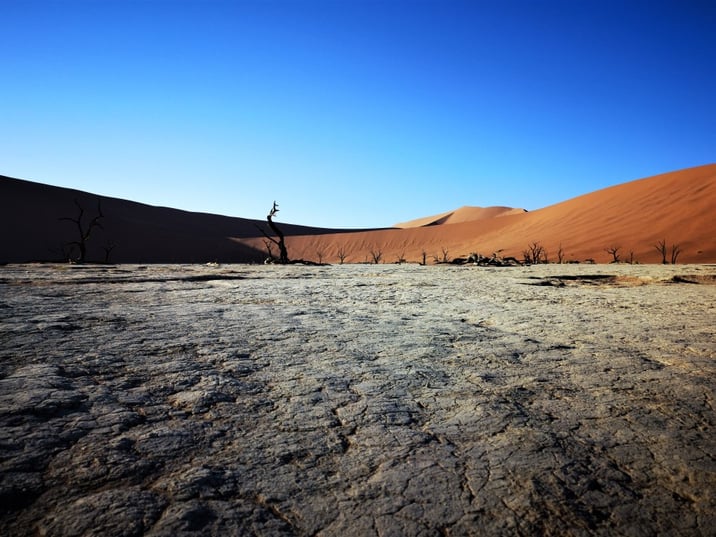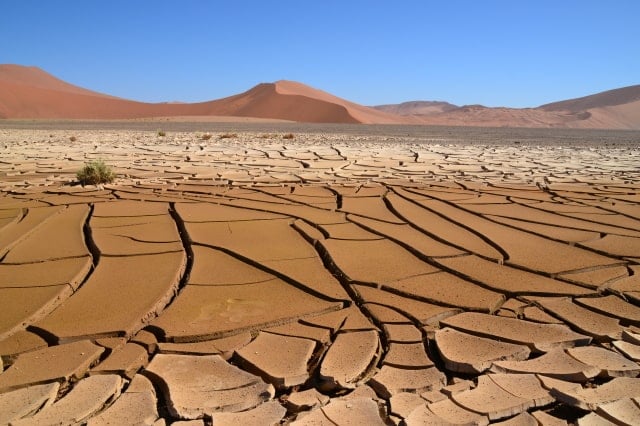“Why should I be studying for a future that soon may be no more, when no one is doing anything to save that future? And what is the point of learning facts when the most important facts clearly mean nothing to our society?”
These are the questions that 16-year-old Greta Thunberg asked, after taking the dire state of our global climate into consideration and the lack of action plans from the authorities’ side. Words turned into action when Greta started protesting in front of the Swedish Parliament last year. She has since inspired thousands of other young climate change activists from around the world to join in the strikes on Fridays instead of attending school.This has resulted in the ‘Fridays For Future’environment movement, which in turn has led to the ‘Global Strike For Future’ – with countries from all over the world officially participating on the afternoon of 15 March 2019.
Our planet has been experiencing a climate crisis for years now. Glaciers and polar ice sheets are rapidly melting. Oceans are expanding, contributing to higher sea levels, which affects the entire marine life.Many more ecosystems are at risk of collapsing.Worldwide, farmers are struggling to keep up with shifting weather patterns while water is becoming increasingly scarce.Extreme temperatures have been recorded, reaching deep minuses in cities like Chicago and +50°C in Australia…
According to the latest scientific reports from the Intergovernmental Panel on Climate Change, a rise in temperature of 1.5°C has already shown detrimental effects on the living conditions of humanity. Now we are strongly headed towards an increase of 3 to 4°C. Yet, all hope is not lost, but it is in our entire society’s hands to stop this from happening.
With no clear action plan in sight, however, it seems that humanity is hastily running towards its own destruction.Scientists have been alerting us for years about the catastrophe heading our way, but public authorities and multinationals continue their race towards mass expansion, as if the climate emergency does not concern them. Since these people –educated adults – are not willing to take responsibility, Greta decided to take matters into her own hands by protesting on Fridays instead of attending school.Her argument was, why show up at school to prepare for a future she won’t live to see,owing to the drastic climatic changes? She has since challenged authorities to show greater commitment towards the Paris Agreement and to do something about the matter that evidently puts the future of the planet at stake.
Each country’s strikers have different demands, but overall everyone wants to urge their governments to cut greenhouse gas emissions.
The global reaction in the form of the strikes revealed the solidarity of young people concerned about the environment. Authorities must bear in mind that soon enough these schoolchildren will be old enough to vote, and public officials will need to have answers ready as to what they did or didn’t do to address a foundational problem for the next generation.
In Namibia, a 9-year-old boy, Bow Kilean Collins Prusa from Swakopmund Montessori Academy, has taken up the challenge to help initiate debate among leaders in our own country.Together with a group of friends, he participated in the Global Strike For Future.
According to an article published by The World Bank Group, Africa is only responsible for 3.8% of global greenhouse gas emissions. And yet, African countries bear the brunt of the devastating effects of increasingly severe droughts and floods. Namibia became the first African country committed to reducing greenhouse gases (GHG) by 89% by 2030, with at least 70% of our energy coming from renewable resources. Yet this does not take away the country's present suffering, as Namibia is facing the worst drought in years.
The question remains – are we as Namibians doing enough to fight climate change? Can we do more? What actions can be taken in terms of climate change?
Also currently trending on social media is the ‘trashtag’ challenge which encourages teenagers to take a ‘before’ picture of an area that desperately needs some cleaning up, then clean it up and post an ‘after’ picture. Is this a challenge that we as Namibians should take on?
Annelien Robberts is an avid wordsmith who turns her pen to all things travel, culture, and lifestyle. She was born in a small town called Otjiwarongo and grew up on a farm nearby. Creativity, nature and animals make her happy.






SUBMIT YOUR COMMENT